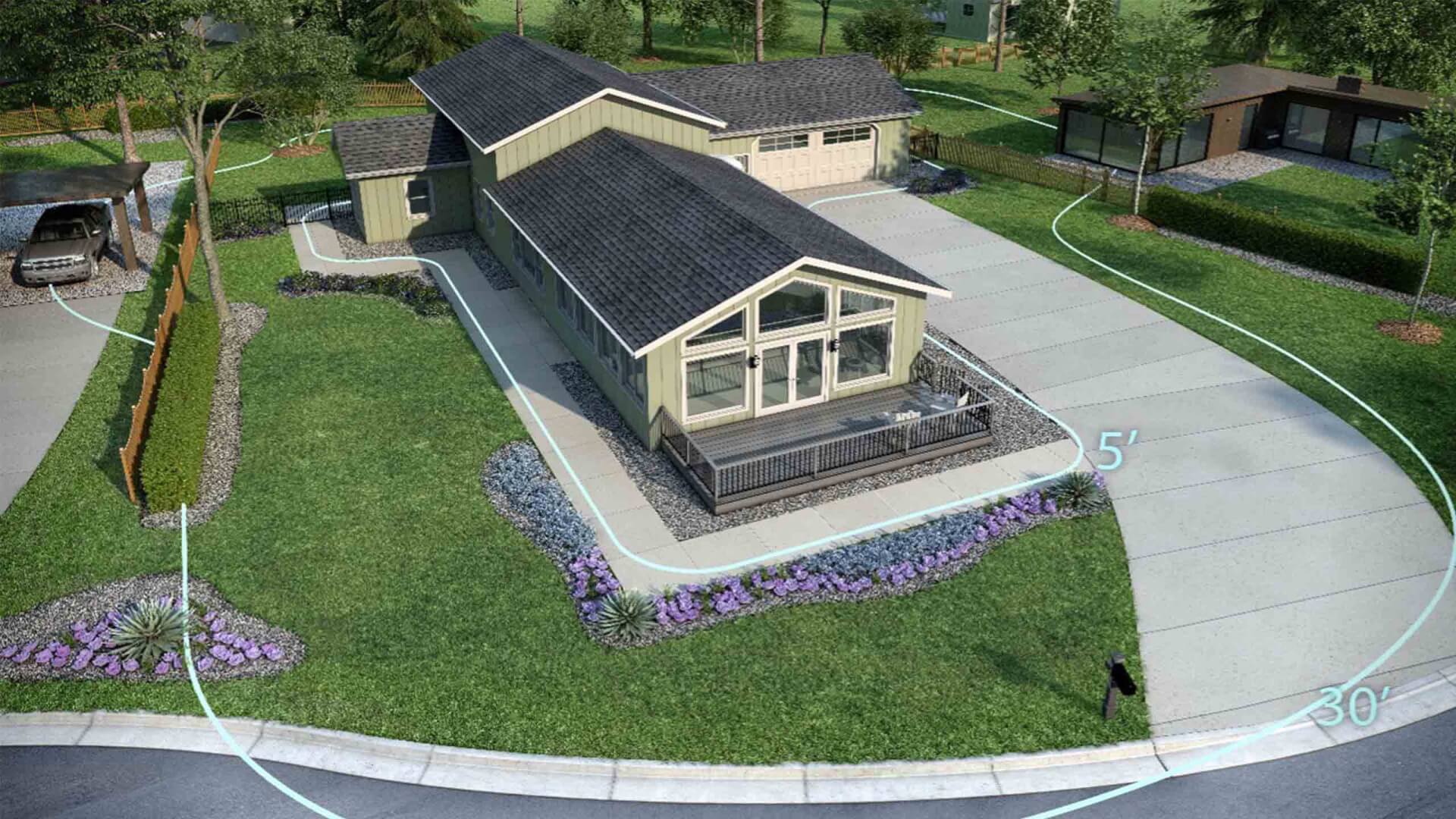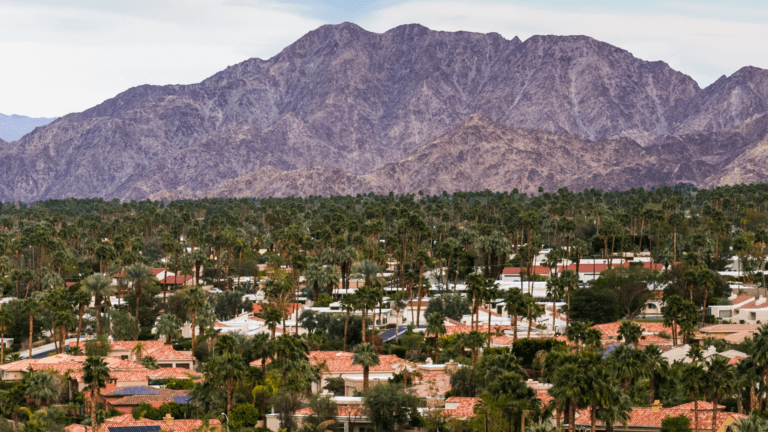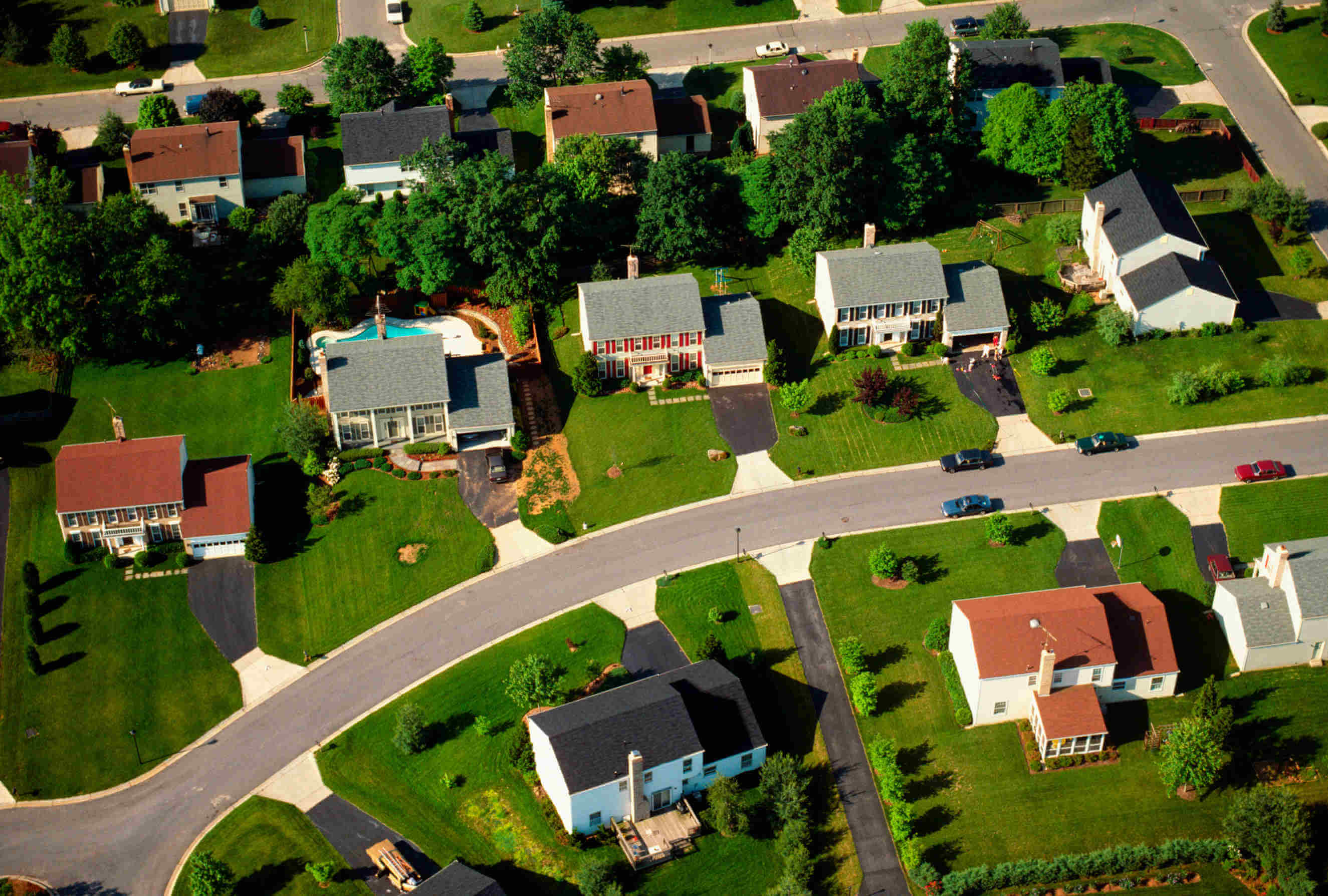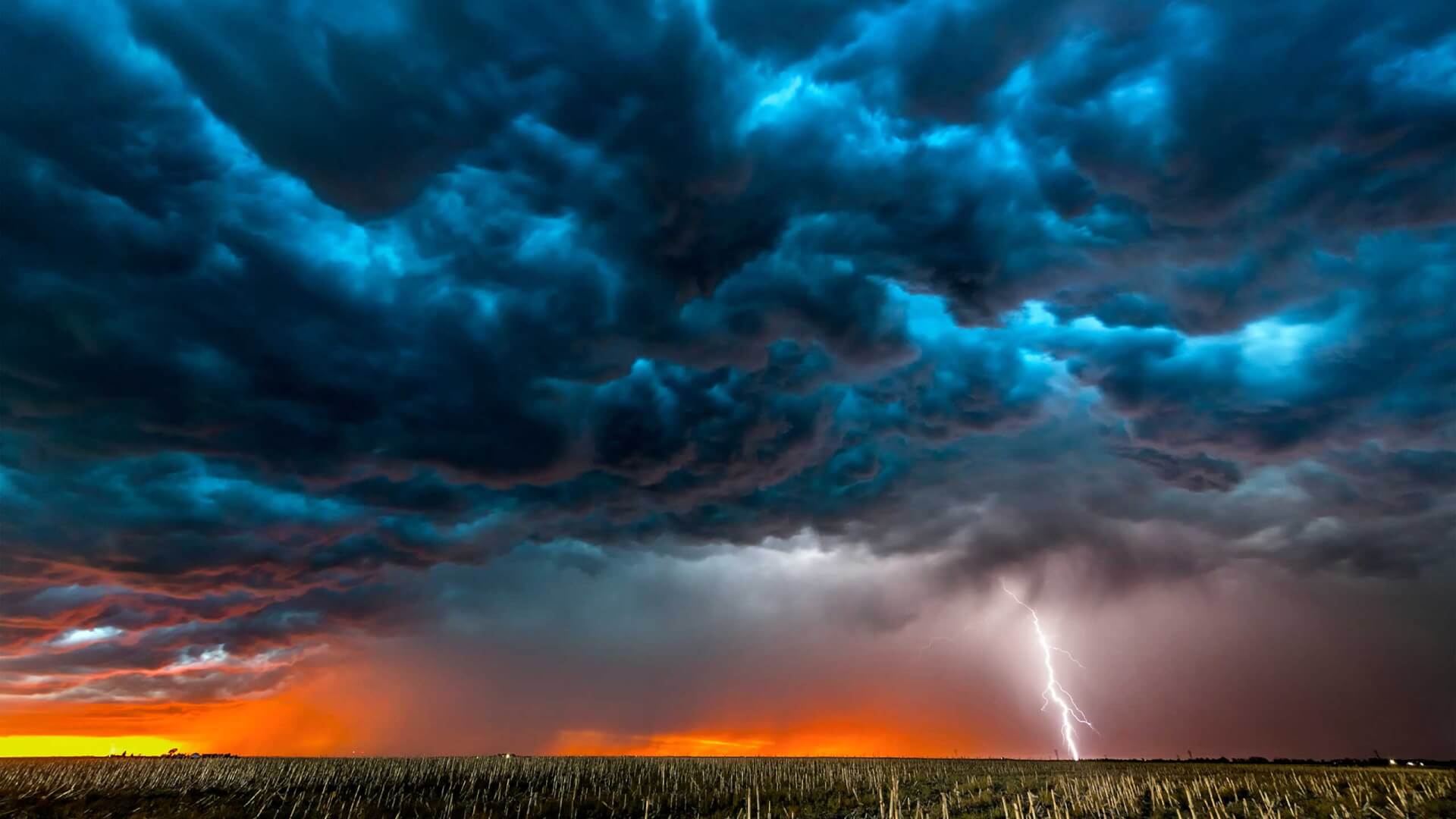Wildfire mitigation that reduces property risk is receiving increased attention across the western U.S.
Co-Authored: Tom Jeffery, Principal, Science and Analytics; Robert Kowalski, Principal, Science and Analytics
The recent tragedy in Lahaina, Hawaii, along with the Marshall Fire in Boulder County, Colorado, and the Camp Fire that destroyed Paradise, California, all underscore the reality that now is the time for property owners to take actions to reduce the wildfire risk around their homes and businesses.
Reduce Wildfire Hazard From Your Front Door
At its core, wildfire mitigation is based on two key principles. First, it is critical to reduce the density along with the horizontal and vertical continuity of the vegetation on your property. In essence, you’re removing the pathway for a fire to approach your home.
The second tenet of wildfire mitigation is making your property less susceptible to flames and burning embers. This is known as structure hardening and ensures that the areas most vulnerable to ignition are modified to reduce that opportunity. Implementing both improvements is the only way to increase the effectiveness of your risk reduction. So, you might be asking, “Where do I start?”
The answer is Zone 0.
The first and most important way to reduce your property’s wildfire risk starts at your front door. The initial five feet from a structure that wraps around the entire perimeter of your home or business is the first area of defensible space.

This zone includes any attachments to the structure (decks, steps, porches, etc.). Depending on the state or municipality, there are several names for this zero-to-five-foot area. The National Fire Protection Association calls it the “Immediate Zone.” In the state of California, the five-foot, ember-resistant zone established by State Assembly Bill 3074 (AB-3074) in 2021 is known as “Zone 0.”
Wildfire Risk Management Strategies Lead to More Resilient Properties
New laws, such as the aforementioned one in California, are increasing complexity for insurers, property owners and other real estate stakeholders. For homeowners, several of these requirements may have an impact on ornamental vegetation and landscaping decisions.
For insurers, the Safer from Wildfires program issued by California Insurance Commissioner Ricardo Lara requires providing homeowners with the option to receive policy discounts if they undertake any of the 12 specific wildfire mitigation actions. The goal of this insurance regulation is to encourage the complete removal of anything that may catch fire and burn. It is also aimed at rewarding residential and commercial property owners for taking wildfire mitigation actions that reduce property risk by providing a premium reduction on insurance policies.
Irrespective of any potential insurance discounts for wildfire mitigation actions, the 2024 enforcement deadline for the California AB-3074 bill has the potential to affect meaningful change by reducing wildfire risk for California real estate.
According to the Insurance Institute for Business & Home Safety, the leading organization for evaluating property vulnerability to wildfire, upwards of 90% of homes are ignited by burning embers rather than by the large flames typically seen in the media. Wind can carry these embers for several miles ahead of an active wildfire. However, if a property owner has created a completely noncombustible Zone 0, they’re effectively depriving embers of a favorable place to land near or immediately adjacent to a home or business.
Just look at the now-iconic, red-roofed home in Lahaina. For those who wanted a real-life example of why mitigation is important to homeowners, insurers, and communities, this is it.
The island home was nearly a century old and built out of wood, which at first glance may seem to elevate its wildfire risk potential. However, what preserved this home was the dedication the owners took toward mitigating it against other issues. The new metal roof offered benefits relative to wind and wildfire mitigation. Similarly, the addition of river stones around the perimeter, which provided benefits for water and termite mitigation, contributed to reducing the potential for ignition from the burning embers of the wildfire.
Every property has its own unique set of risks to be addressed. But each action you take to mitigate these risks does matter. And you can start reducing your risk today.
What to Do for Zone 0:
- Remove everything that can catch fire, including doormats, outdoor carpeting, furniture cushions, firewood, lumber, and flower boxes.
- Use hardscaping designs such as gravel, crushed stone, concrete, brick, pavers, river rock, and walkways to create a surface that is completely noncombustible.
- Maintain the area around a structure’s perimeter as well as under all decks, porches, and steps, keeping them free of all vegetation and debris.
- Replace combustible fencing and gates that are attached to the home with noncombustible alternatives.
- Keep roofs and gutters clean and free of dead vegetation.
- Trim back tree branches that overhang the roof as well as any that are within 10 feet of a chimney.
What Not to Do for Zone 0:
- Do not use combustible mulches like shredded wood, bark, pine nuggets, or pine straw within the five-foot-zone.
- Do not store any combustible materials under your deck or porch.
- Do not store firewood or lumber under your deck. Relocate firewood 30 feet away from structures. Cover it with a fire-resistant blanket and keep the area clean.
It is possible to reduce your wildfire risk and maintain the curb appeal of your property. Hazard risk management strategies just require a bit of time and effort.
In the next installment in this series, we will discuss Zone 1, which is the zone defined by the 5- to 30-foot area around your property.


